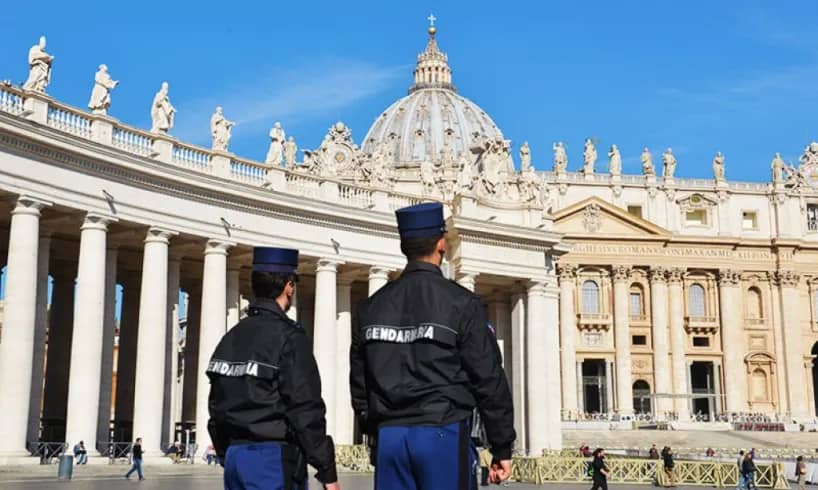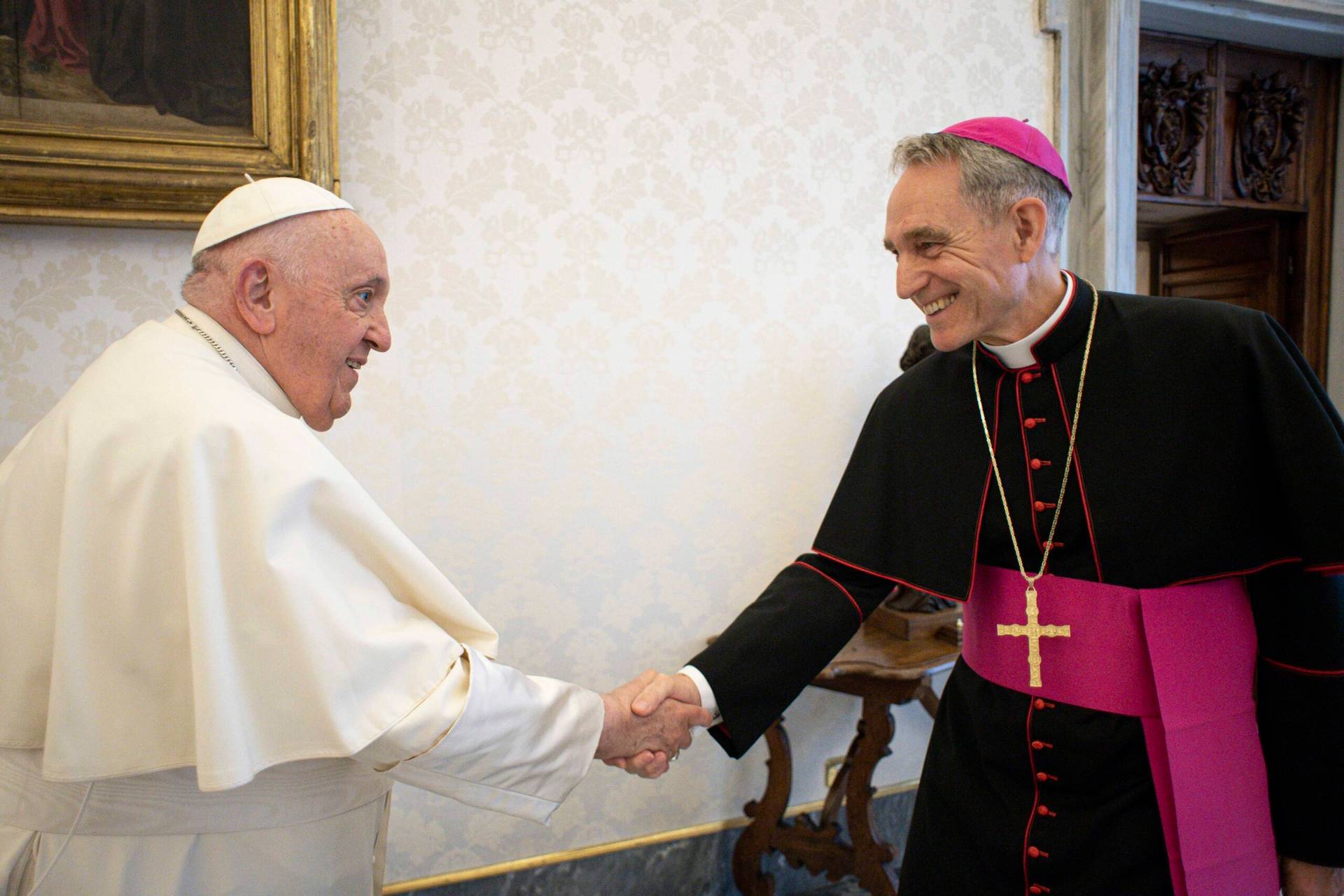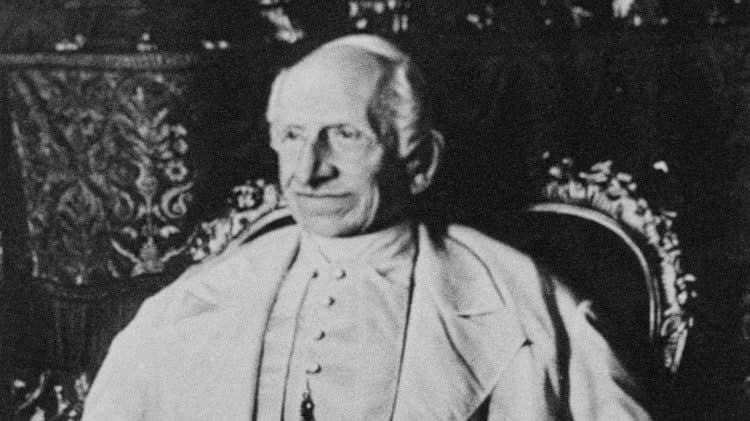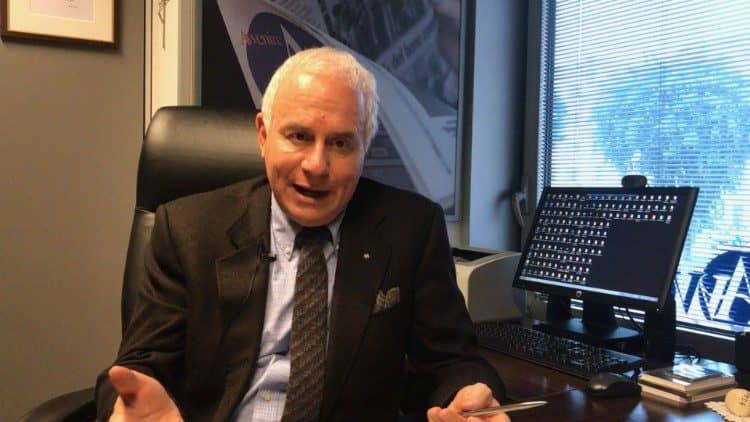ROME – In a new interview released yesterday, Pope Francis revealed his intention to be buried at Rome’s Basilica of St. Mary Major, reflecting his intense personal devotion to Mary and the famed icon of Salus Populi Romani contained in its Borghese chapel.
Francis thus will become the sixth pontiff to be interred in the basilica, joining Pius V, Sixtus V, Paul V, Clement IX and Clement XIII, all of whom reigned between the late 16th and late 18th centuries.
The fact that Francis’s mortal remains will be interred along with these five predecessors offers a presumably inadvertant, but nonetheless unmistakable, reminder of the contrasts and contradictions of papal history through the ages.
To begin with the most obvious irony, Pope Pius V, who ruled the church from 1566 to 1572, was the pontiff who standardized the celebration of the Mass after the Council of Trent, issuing a new edition of the Roman Missal in 1570 which would become known as the “Tridentine Mass,” and would remain basically unchanged until the post-Vatican II reforms of Pope Paul VI in 1969.
Pope Pius issued the Tridentine Mass with the bull Quo primum of July 14, 1570, which contained the provision that “this ordinance applies henceforth, now, and forever, throughout all the provinces of the Christian world.” That line is much cited by devotees of the Latin Mass who believe that post-Vatican II popes, above all Francis, have exceeded their authority (or, at the very least, upended tradition) by restricting celebration of the older rite.
A body of priests which actually broke with Archbishop Marcel Lefebvre and his own Society of St. Pius X in 1983, on the grounds that even the staunchly traditionalist Lefebvre was too liberal, chose to call itself the “Society of St. Pius V” in honor of the Pope of the Latin Mass.
It’s got to be some sort of testament to the both/and character of Catholicism that the pope who launched the Tridentine celebration, and the pope who’s perceived as attempting to extinguish it, will now be entombed cheek by jowl in the same liturgical space.
For a pontiff dubbed the “Great Reformer,” Francis might take greater comfort from his eternal proximity to Pope Sixtus V, who ruled from 1585 to 1590, and who’s known, among other things, for fighting corruption and criminality in the Papal States.
In truth, Francis might actually envy some of the tools Sixtus had at his disposal. Francis recently got into hot water for firing one bishop and taking away the apartment and stipend of another, but retribution in Sixtus’s era was made of far sterner stuff – it’s said, perhaps only half in jest, that there were more heads on spikes along Rome’s Castel Sant’Angelo bridge under Sixtus V than there were melons for sale in Roman markets.
For the pope who wrote an absolute ban on capital punishment into the Catechism, Francis has to appreciate the irony of being entombed alongside a pope who reportedly ordered at least 5,000 executions during his five-year reign, an average of 2.7 per day.
Putting these two popes in the same spot, therefore, amounts to a permanent rebuttal to anyone who claims Catholicism is incapable of change.
In addition, just as Francis is perceived as feeling some ambiguity about the Anglo-Saxon world, it’s worth recalling that Sixtus V once excommunicated Queen Elizabeth I of England and pledged his support to the legendarily failed Spanish Armada. (It remains to be seen if Francis will have any more luck bending mettlesome Anglos to his will than his predecessor.)
Of Paul V, who reigned from 1605 to 1621, it’s striking that history’s first Jesuit pope will be interred alongside a predecessor who engaged in a bitter conflict with the Republic of Venice, which ended up with the Jesuits being banned from the city.
There’s also the small matter that Paul V, a scion of the fabled Borghese family, was an enthusiastic practitioner of nepotism, among other things naming his own nephew as a cardinal, in a manner of which the reforming Francis likely would not approve.
Famously, in 1616 Pope Paul V promised Galileo that he would be safe from prosecution, a vow which was abandoned by Paul’s successors, leading to Galileo’s condemnation by the Inquisition in 1633. Only time will tell if the same fate applies to any of the promises Francis has issued during his own reign.
Clement IX’s papacy lasted only two a half years, from June 1667 to December 1669, but he nevertheless proved popular among the people of Rome for some of the same touches of personal humility that have made Francis a sensation – he rejected personal privilege, for instance declining to have his name etched on monuments erected during his papacy; he gave alms to the poor out of his own pocket; and, much in the style of Francis, twice a week he would go down to St. Peter’s Basilica and hear the confessions of ordinary people.
On the other hand, Clement IX is also known for pacifying one of the most contentious theological disputes of his day, the fight over Jansenism in France, by allowing dissident bishops to accept a theological condemnation with an “obsequious silence,” meaning they could continue to disagree as long as they didn’t go public. The resulting calm was known as the Pax Clementina.
That bit of Clement’s legacy arguably creates a bit of a contrast with Francis, since most observers would say that theological debates on his watch have gained intensity — and, anyway, just about the last quality anyone would associate with the polarized and raucous climate of the Francis era is “silence.”
Francis undoubtedly will be amused by his proximity to Pope Clement XIII (1758-1769), who did everything in his power to prevent the suppression of the Jesuits, even at one point trying to nullify a decision of the French parliament imposing deliberately intolerable conditions on any Jesuit who remained in the country.
Clement failed to stop the tide at the time, but the fact that 250 years later a Jesuit was elected to the Throne of Peter arguably suggests he was on the right side of history.
As a final footnote, there are also non-popes buried at St. Mary Major, including Cardinal Ugo Poletti, who served as the Vicar General of Rome from 1973 to 1991. It was Poletti who approved the burial of notorious Roman mob boss Enrico De Pedis at the Basilica of Sant’Apollinare, a fact that’s sometimes been linked to the “Vatican girl” mystery surrounding the disappearance of 15-year-old Emanuela Orlandi in 1983.
A former lover of De Pedis once claimed that she delivered Orlandi to an unnamed monsignor on instructions from the mobster, and, although her credibility has been questioned (among other things, she’s acknowledged long-term drug abuse), the rumors were persistent enough that investigators opened his tomb in 2012 to search for clues about Orlandi’s fate. In the end, nothing was found, but speculation about a possible mafia role in the affair continues to percolate.
Francis rubbing shoulders with Poletti, therefore, is also a reminder that the Catholic story inevitably is composed of both light and shadows — and that even popes, sometimes, can’t escape those shadows’ reach.

















